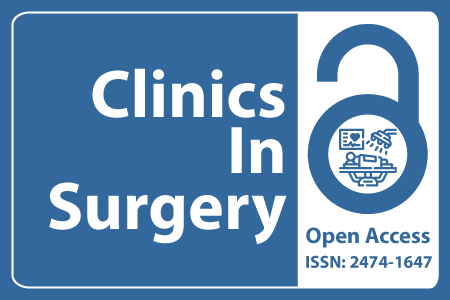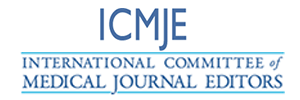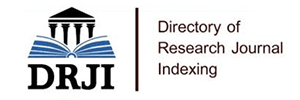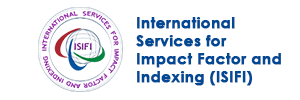
Journal Basic Info
- Impact Factor: 1.995**
- H-Index: 8
- ISSN: 2474-1647
- DOI: 10.25107/2474-1647
Major Scope
- Colon and Rectal Surgery
- Neurological Surgery
- Vascular Surgery
- Plastic Surgery
- Ophthalmic Surgery
- Urology
- Pediatric Surgery
- Robotic Surgery
Abstract
Citation: Clin Surg. 2017;2(1):1389.Research Article | Open Access
Hemodynamic Effects of Commercial Flights. Potential Implication on Patients
Hernan Cohen Araz, Silvina Waldman, Norberto Casso and Mauricio Abello
Department of Cardiology, CEMIC Saavedra, Argentina
*Correspondance to: Hernan Cohen Arazi
PDF Full Text DOI: 10.25107/2474-1647.1389
Abstract
Background: The main cause of in-flight mortality is a cardiac event. Most of the available information arises from small retrospective studies. The aim of the study is to analyze the cardiovascular response during a commercial flight in healthy volunteers.Methods: Twelve healthy volunteers were studied. Prior to the flight all subjects were studied with physical evaluation, electrocardiogram (EKG), capillary saturation monitoring, echocardiogram, stress test echocardiogram, 24 h EKG Holter, 24 h blood pressure monitoring, and blood tests which included pro brain natriuretic peptide (pro BNP) and C reactive protein (CRP). During the flight, all subjects had a 24 h EKG Holter, an echocardiogram was performed in cruise altitude, blood pressure and capillary saturation was measured every 15 mins. One hour after landing blood pro BNP and CRP was dosed.Results: There was a significant difference in the saturation observed between base and at 120 mins (98.4% + 0.5 vs. 93.1% +1.7, p<0.001). Blood pressure decreased from baseline to 120 mins (119 mmHg + 11.6/ 76.6 + 11 mmHg and 110 mmHg+ 7/ 70.2 mmHg+ 5, respectively, p=0.03). No differences were observed in the measurements of heart rate, CRP and proBNP. During the flight, 2 subjects showed transient regional wall-motion abnormalities, one of whom showed apical ballooning pattern.Conclusion: We observed important decrease in arterial oxygen saturation during the flight and the arterial blood pressure was significantly lower compared to baselines measures. Two healthy volunteers showed cardiovascular dysfunction during the commercial flight. Haemodynamic changes should be considered in patients with cardiac conditions, after thoracic surgery and cardiovascular treatment.
Keywords
Cite the article
Arazi HC, Waldman S, Casso N, Abello M. Hemodynamic Effects of Commercial Flights. Potential Implication on Patients. Clin Surg. 2017; 2: 1389.













